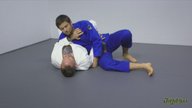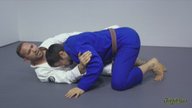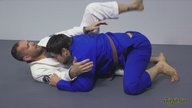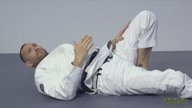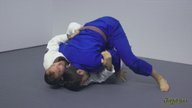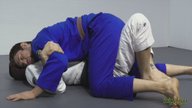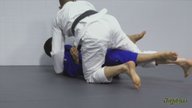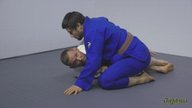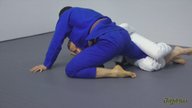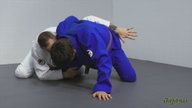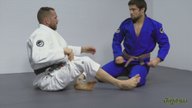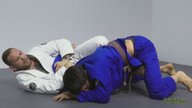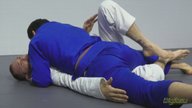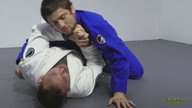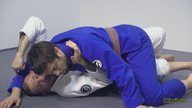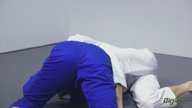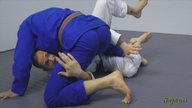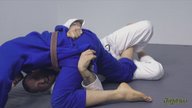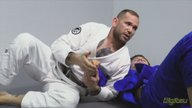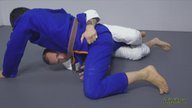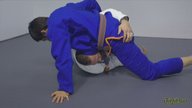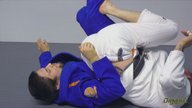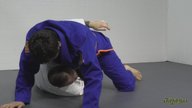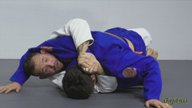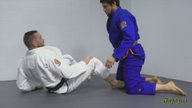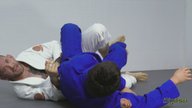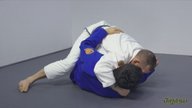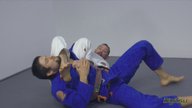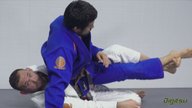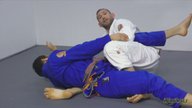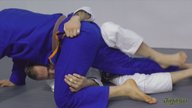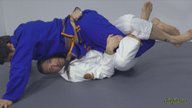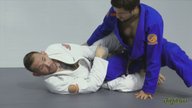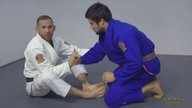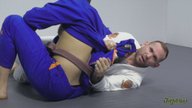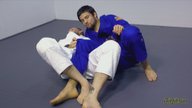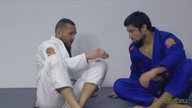Jedi Mind Trick
Part of the course: Half Guard by Paul Schreiner

Part of the course: Half Guard by Paul Schreiner
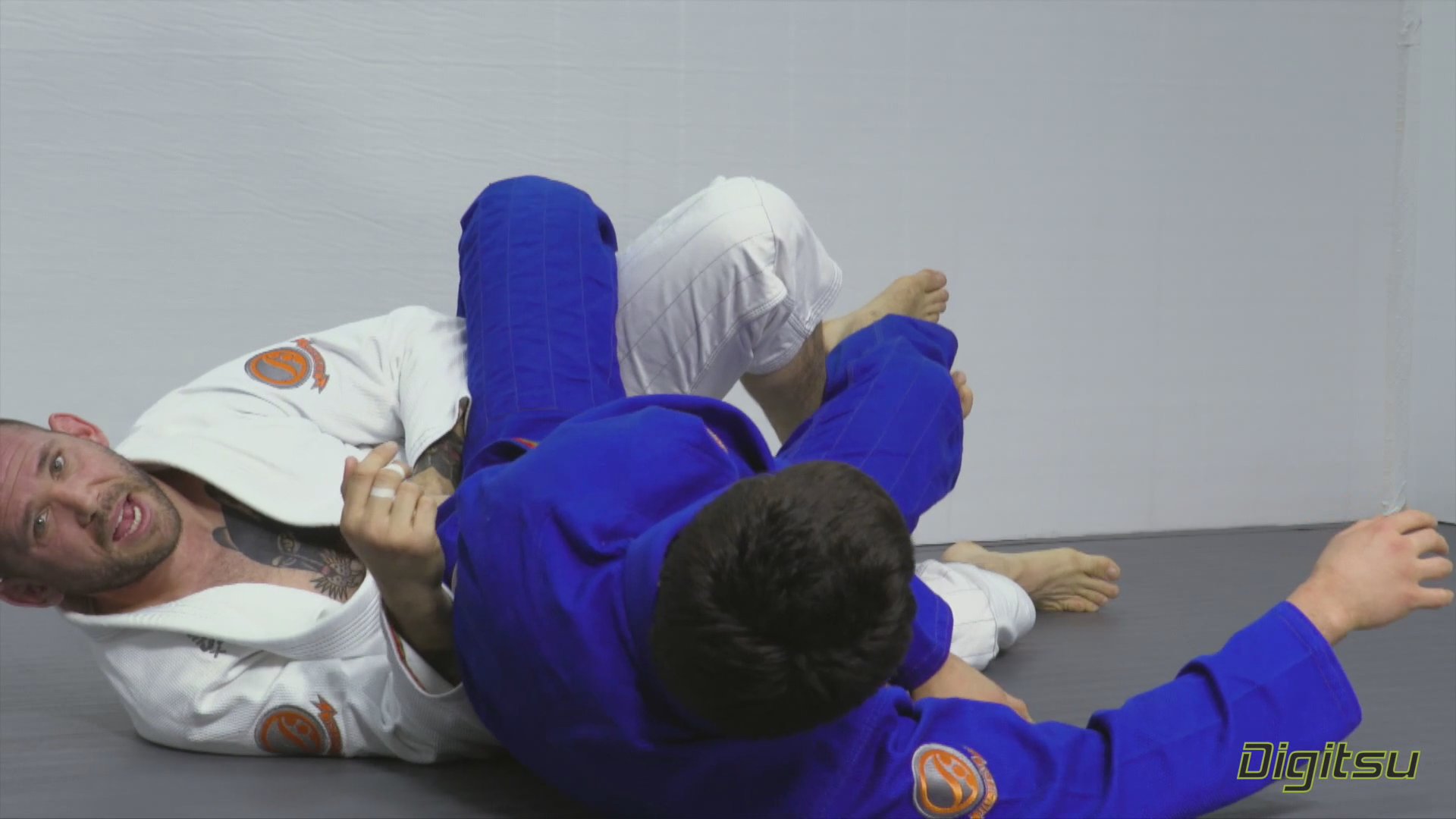
Already have access? Log in

About this video
Anticipating the opponent's reaction is crucial for countering their techniques in half guard. The goal is to win the inside space and maintain the right body positioning. If the opponent secures an underhook and head control, they can flatten you out. Conversely, if you secure a strong underhook and position your shoulder correctly, you can stay on your side and prevent them from reversing the position.
When the opponent realizes they've lost the underhook battle, they may attempt a back step to regain inside space and flatten your hips. To counter this, maintain your underhook and body positioning, staying on your side. You can use your outside leg to block their back step and keep them over your hip, which disconnects them from the mat, allowing you to manipulate their position.
To execute the Jedi Mind Trick:
- Clamp down on your underhook and stay on your side as the opponent back steps.
- Lift the outside leg to block if necessary, keeping the opponent stuck over your hip.
- Release the inside leg and let the opponent back step onto your hook, which is made with the same side arm as your underhook.
- Move your head from the front to the back side of the opponent's body.
- Place the hook behind the opponent's knee, extend your leg with the foot flexed, and aim your knee towards their belt knot.
- Switch the grip on the pants from palm up to palm down and place your armpit in front of the opponent's thigh.
Avoid making the move too big or using excessive force. It's a subtle technique that involves building a wall with your body, staying on your side, and using precise movements to control the opponent's position. As they back step, hook their bottom leg, remove your head from the space, and ensure not to leave your bottom leg behind to prevent them from controlling it or initiating foot locks. Keep your armpit in front of their thigh, switch your grip, and maintain elevation behind their knee with your foot, driving your knee towards their body.

